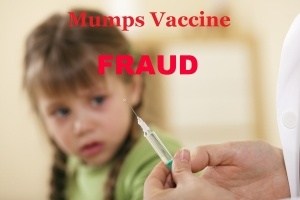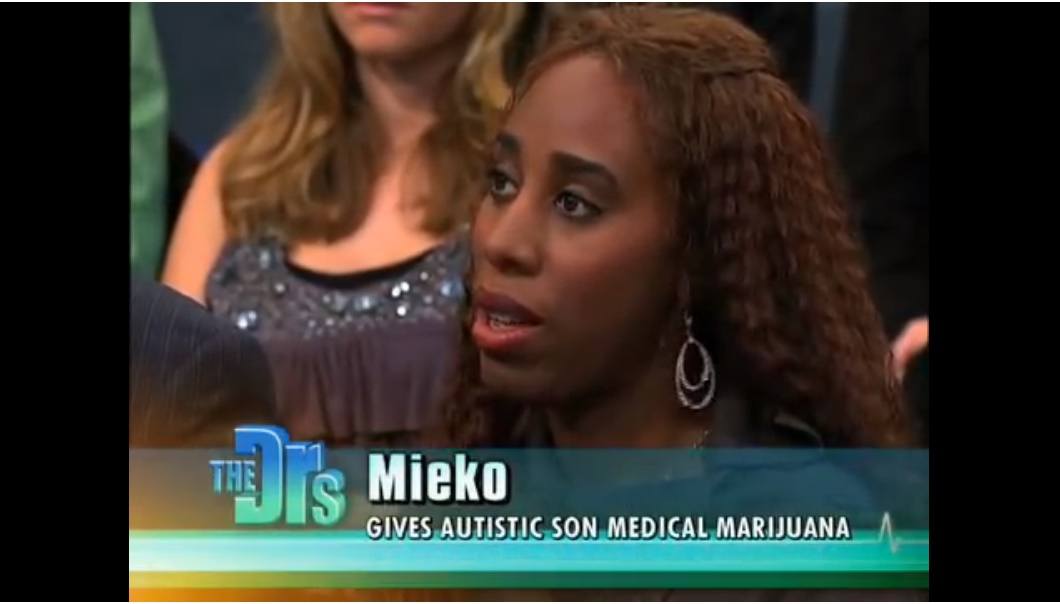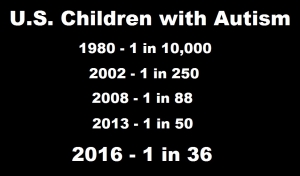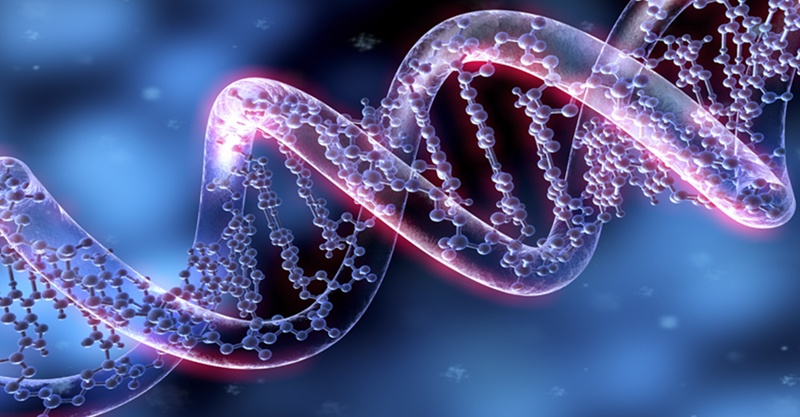New statistics released by the U.S. Centers for Disease Control (CDC) show that one out of every 36 children in the U.S. now are diagnosed with autism.
The rate in 2013 was one out of 50, in 2008 the rate was one out of 88, in 2002 the rate was one out of 250, and in 1980, six years before Congress and President Reagan passed a law giving vaccine manufacturers total legal immunity for injuries or deaths caused by vaccines, the rate was only one out of 10,000.
MIT researcher Dr. Stephanie Seneff has stated that given current trends, by the year 2025 half of all children will be diagnosed with autism.
To break down the data supplied by the CDC, the VAXXED team turned to Dr. Brian Hooker. Dr. Hooker is perhaps the most knowledgeable person in the world regarding the CDC and the data they have compiled regarding vaccines and autism.
Dr. Hooker is the father of a vaccine-injured child, and is a Ph.D. researcher. He has fought against the CDC for more than 14 years, using the Freedom of Information Act to try and gather as much data as he could from the studies that the CDC has published that claim there is no link between vaccines and autism.
He has submitted much of the results of his own internal investigation of the CDC data on vaccines and autism to Congress. Congressman Bill Posey has assisted him in forcing the CDC to comply with many of these requests.
After almost 12 years, his tireless pursuit of finding the truth resulted in the CDC finally handing over documents so that Dr. Hooker could look at the raw data that the CDC used to claim that there was no link between vaccines and autism.
It took some Congressional pressure from Congressman Bill Posey to get this information.
Shortly after that, one of the top vaccine scientists at the CDC contacted him to become a whistleblower regarding vaccine research fraud. The story of this CDC scientist whistle-blower is featured in the film, VAXXED.
In this interview from December 5, 2017, Dr. Hooker discusses the new report issued by the CDC that covers the current rate of autism, and explains how the CDC has downplayed the significance of the data in their report.
Dr. Hooker gives us the alarming news that the CDC numbers are actually too low, and that the real rate of autism is much higher.













